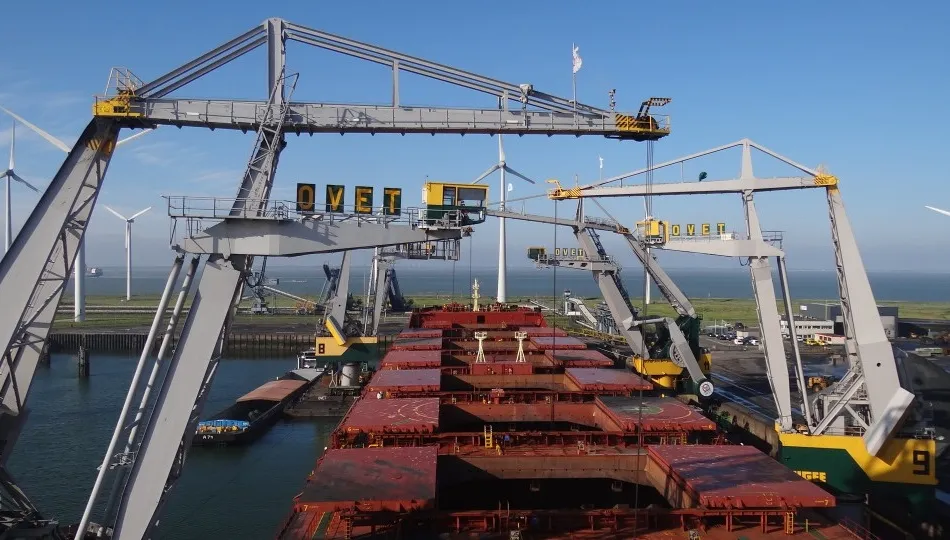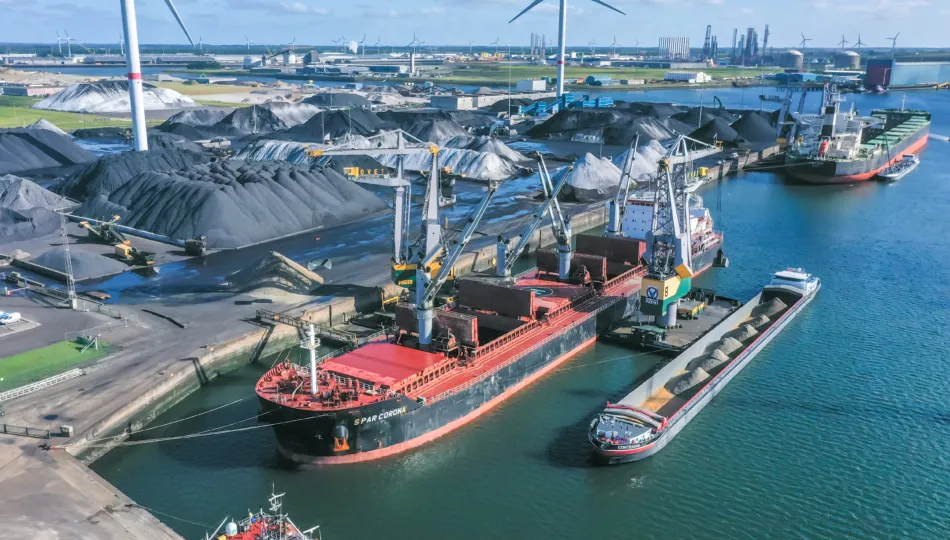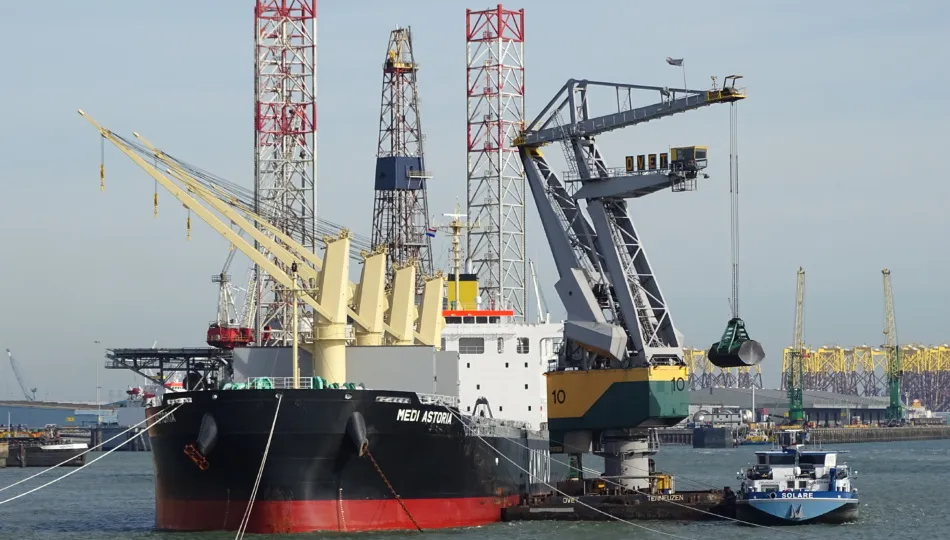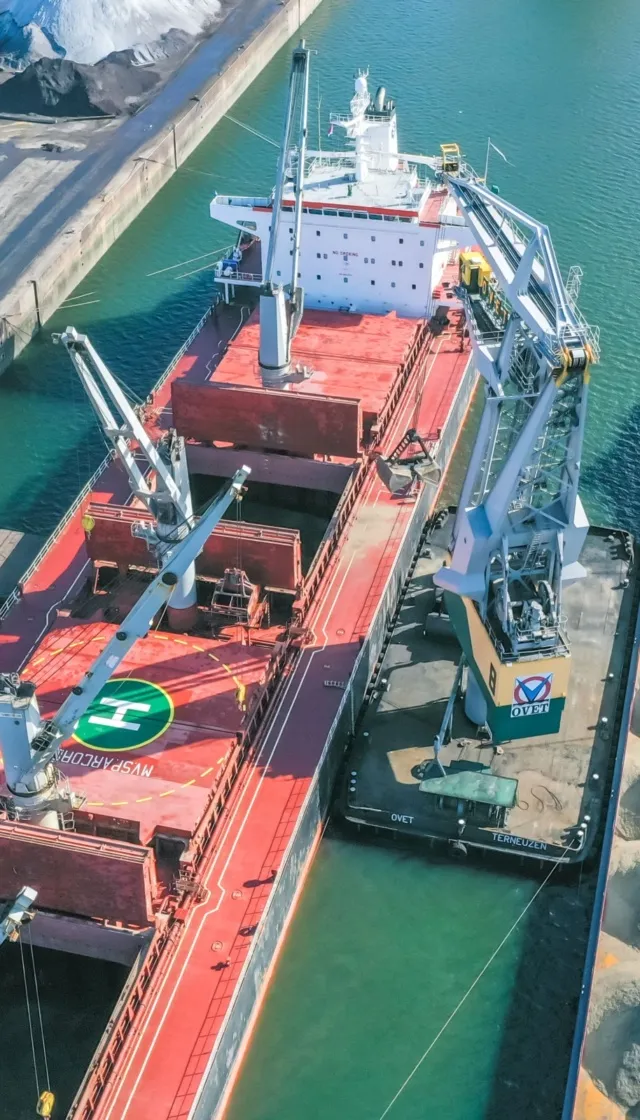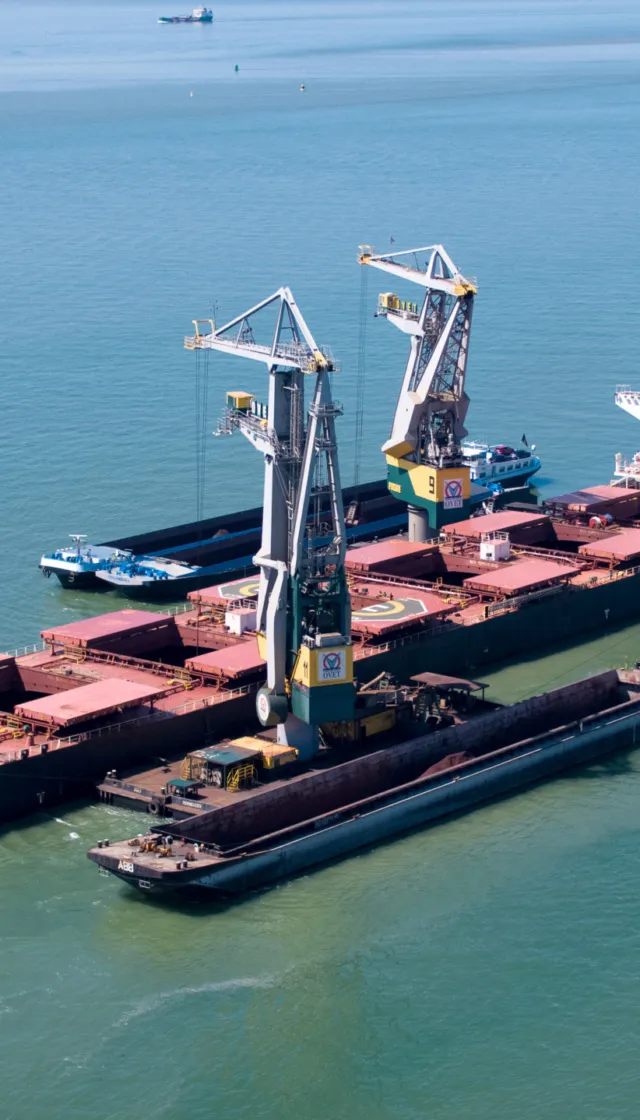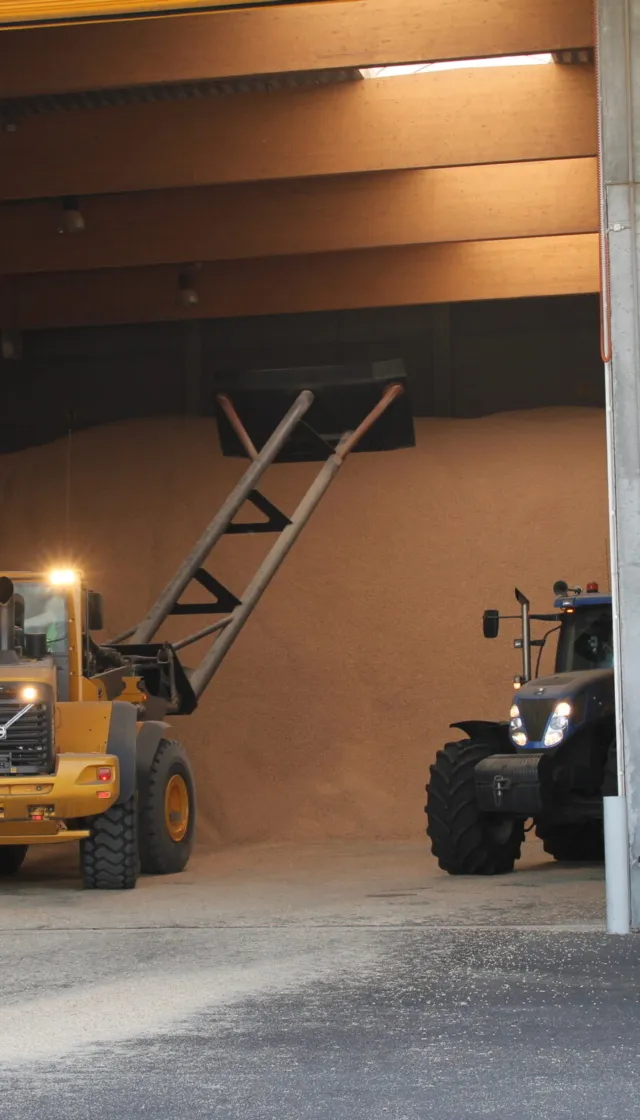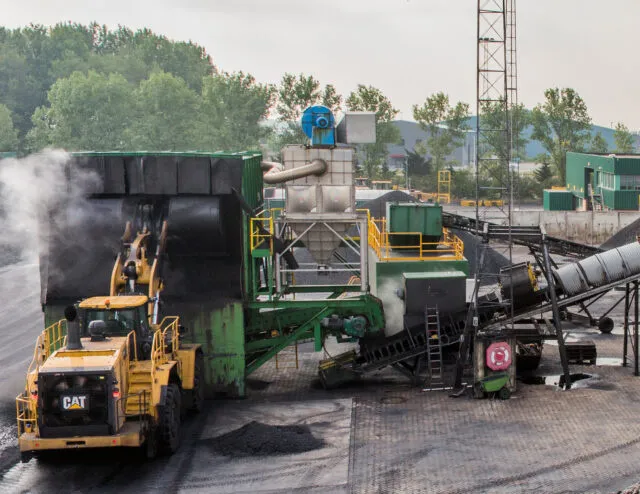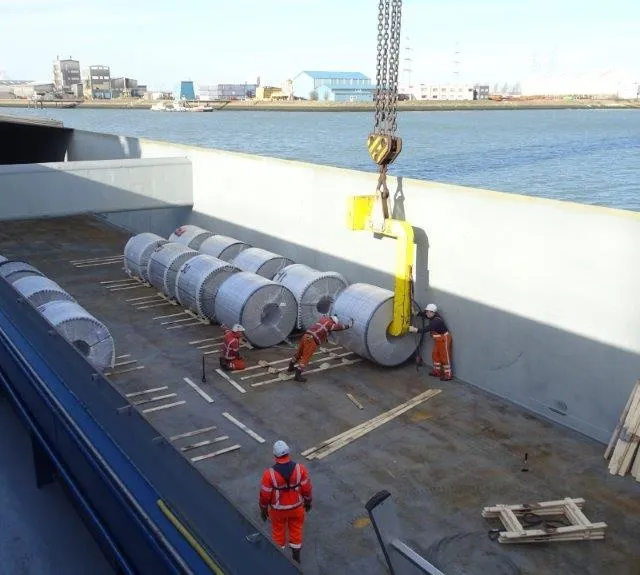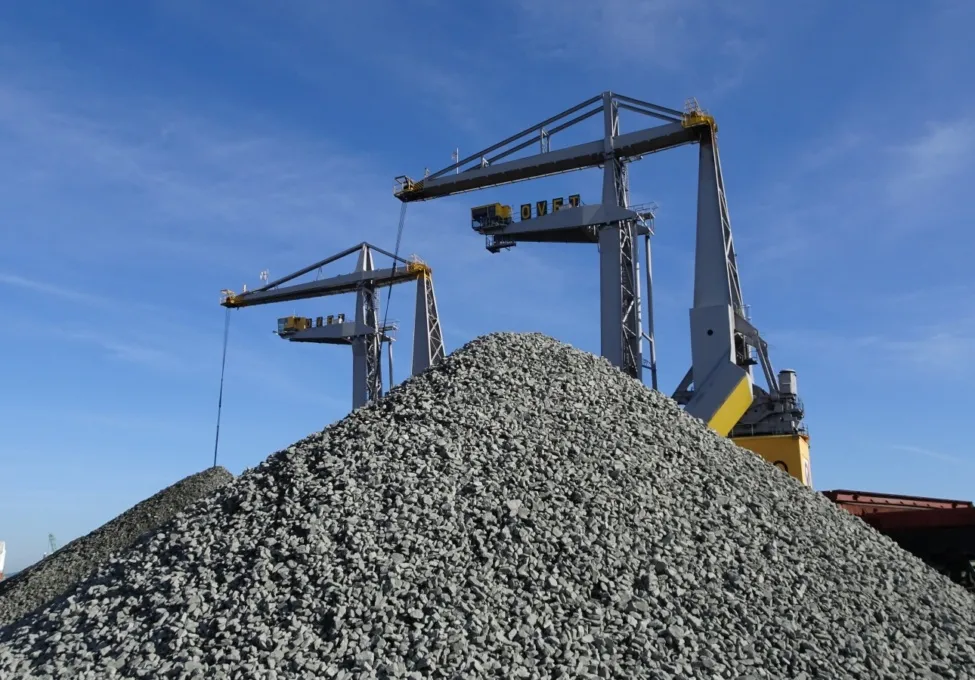
Leidend, luisterend. Sinds 1957
OVET heeft een sterke reputatie opgebouwd door altijd in nauw contact met zijn partners, klanten en leveranciers, te werken aan oplossingen. Wij kijken terug op een rijke historie, maar vooral met vertrouwen vooruit naar een duurzame succesvolle toekomst.
Veiligheid van mens en natuur
OVET opereert volgens de hoogste standaarden op het gebied van veiligheid en procesvoering. Dit geborgd door hoog kwalitatieve normeringen en uitgebreide vergunningen. Verder investeren wij in ondersteunende en slimme maatregelen die zorgen voor een minimale impact op de natuur in en rondom het werkgebied van OVET.
